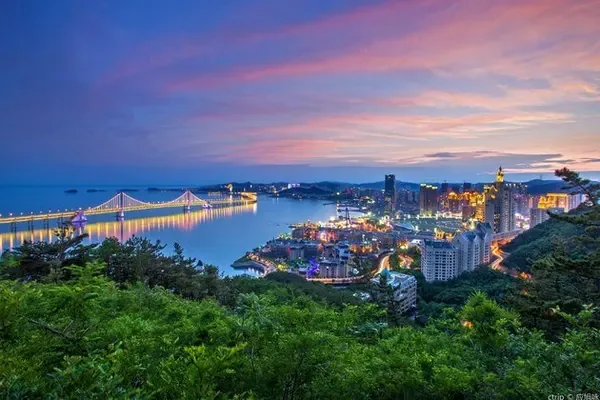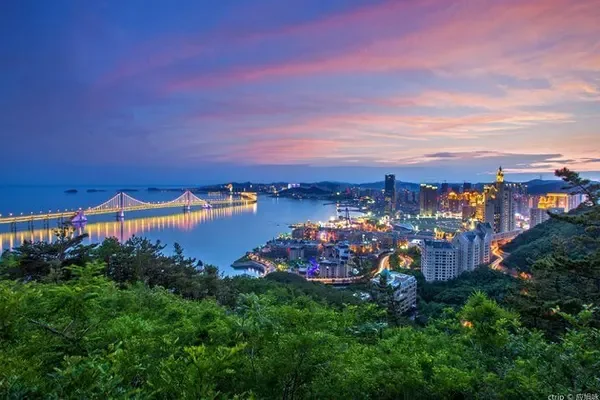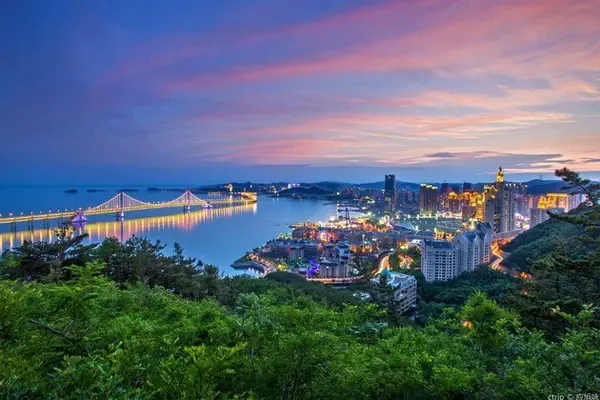If you only know Hengdian Film and Television City, then you are wrong. There is a film and television base in Yinchuan, where Zhang Yimou's "Red Sorghum" and Master Xing's "A Chinese Journey to the West" were filmed. Walking in the Beibao film and television base in Yinchuan Town, the desert is yellow sand and deserted, as if you are in that classic story again.


Zhenbeibao Western Studios, known as "Oriental Hollywood", is located in Zhenbeibao, the western suburb of Yinchuan, Ningxia. Zhenbeibao Western Studios maintains and utilizes the original strange, majestic, desolate, tragic, dilapidated, and undefeated scenes of the ancient castle, highlighting its sense of desolation, loess flavor, and primitive and folk aesthetics Connotation, retaining its special aesthetic value as much as possible, allowing film artists to fully display their imagination and creativity in this western scenery.
















So far, hundreds of films such as "The Wrangler", "Red Sorghum", "The Ballad of the Yellow River", "The Old Man and the Dog", "A Chinese Journey to the West", "New Dragon Inn" and "The Jedi Canglang" have been filmed here. The rest of the film and television works, because here are the most stars, the most filmed films, the most domestic and foreign awards, the most desolate, primitive, rough natural and original features, and the most suitable for shooting western-themed films, so it is called "" China is unique."
Zhenbeibao Western Studios has shot more than 100 film and television works, with more than 300 large and small scenes, distributed in Ming and Qing forts. There are "film and television street", "compound", "Changban Po Street", "Old Yinchuan Street" and so on. And collected nearly 80 intangible cultural performances from the folk, such as: weaving, rolling felt, blacksmithing, embroidery, monkey playing, cockfighting, etc.
Yinchuan Street
That is, "Old Yinchuan Street", based on the "Willow Lane" in Yinchuan in the past, is an old Yinchuan street built with typical architectural styles in Northwest China.
"Old Yinchuan Street" is based on the replica of the original "Ningxia National Government", commonly known as "Ma Hongkui's Mansion", as the central axis, based on the most prosperous "Willow Lane" in Yinchuan City before liberation, and built by Zhenbeibao Western Film City The "Old Yinchuan Street" reproduces the old shops, old streets and alleys of the year, and tourists can enjoy the old appearance of Yinchuan three-dimensionally. The street is 120 meters long, and the shops on both sides of the street are divided into 6 halls of 400-500 square meters: there are Yinchuan City History Exhibition, Fire Science Popularization Education Exhibition, Taiwan, Hong Kong, Japan, Korea, Small Commodities, Small Food, and Small Accessories Stores - Xinqiqi, Chengtian Temple Theater etc.
Qingcheng
Built in 1740 A.D., it was ordered by Emperor Qianlong to build a barracks made of loess with stone rams, so the lucky gate is named "Qingcheng". Qingcheng looks like a big tortoise, and it climbs down from Helan Mountain, which means "the spirit turtle descends the mountain, good luck and good luck". Qingcheng is bustling and lively, with various folk and folk craft performances inside. The main attractions include Wengcheng, Gate of Fortune, Mysterious Cave, Baihuatang, Film and Television Street, Guigua Castle, Governor's Mansion, Bull Demon Palace, Guanyin Pavilion , exhibition hall, star kennel, Gaozi Pavilion, etc.
Mingcheng
"Ming City" was built in the Hongzhi period (AD 1500). It was one of the many military fortresses built along the northwest line of the Great Wall in the Ming Dynasty. It was named "Zhenbei Fort". In 1738, the Zhenbeibao Barracks was destroyed by an earthquake. Mingcheng is famous for its primitive, rough, simple, desolate and natural appearance. It mainly displays famous film and TV shooting scenes. Cave, Dingzhou General Manager's Mansion, Wine Workshop, Jiu'er's Room, Blacksmith Camp, Ruins Gallery, Marriage Recruiting Platform, Longmen Inn, etc.
After the Zhenbei Fort built in the Ming Dynasty collapsed, the Qing government decided to rebuild the barracks. Because Mr. "Feng Shui" said that the three natural flood discharge ditches in the south, north and middle surround the two fortresses, which will form a "yin and yang fish". The meaning of "welcome the door to see the Buddha", coupled with Taoism's advocacy of "left green dragon, right white tiger, front red bird, and back Xuanwu", the geomantic omen is excellent, and it is predicted that "emperors and generals will come out here", so the rebuilt barracks are still built. here. There are two barracks in Zhenbeibao, which is a unique phenomenon in the whole country. The reason is that the ancients deliberately used the natural terrain here to form a complete "Taiji diagram".
To visit Ningxia, you can choose the local professional tourist transportation Ningxia Tourist Scenic Spot Through Train. The staff all wear yellow vests, and the little yellow people are hospitable. There are two tourist distribution centers in the new city railway station and the crescent moon in the old city. The square is convenient for accommodation nearby, there are many hotels, and the transportation is convenient. It is not far from the civil aviation bus, and it is very convenient whether it is by train or plane. Scenic through trains have opened the line from the urban area to Shahu, Huangsha Ancient Ferry, Shuidonggou, Zhenbeibao Western Film and Television City, Western Xia Royal Tomb, Helan Mountain Rock Painting, Shapotou and other scenic spots around Yinchuan, which is very convenient.



